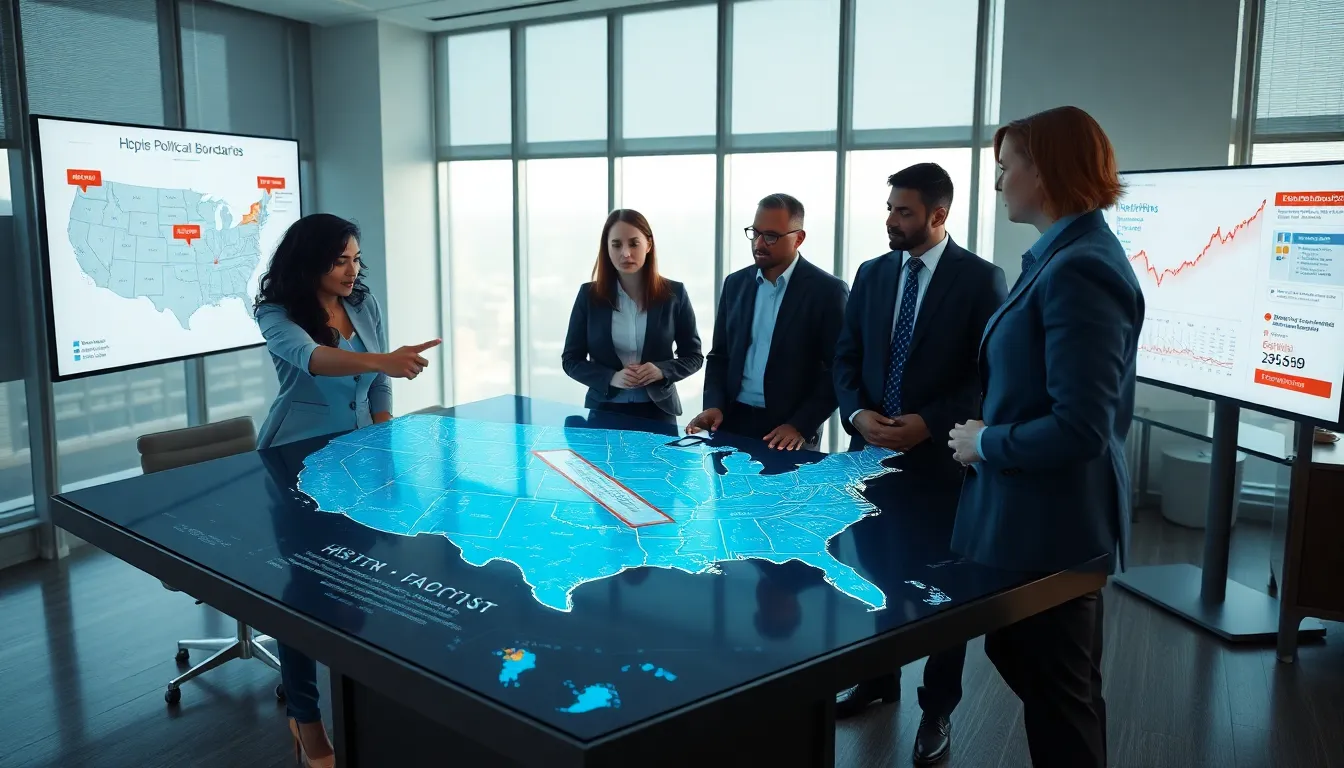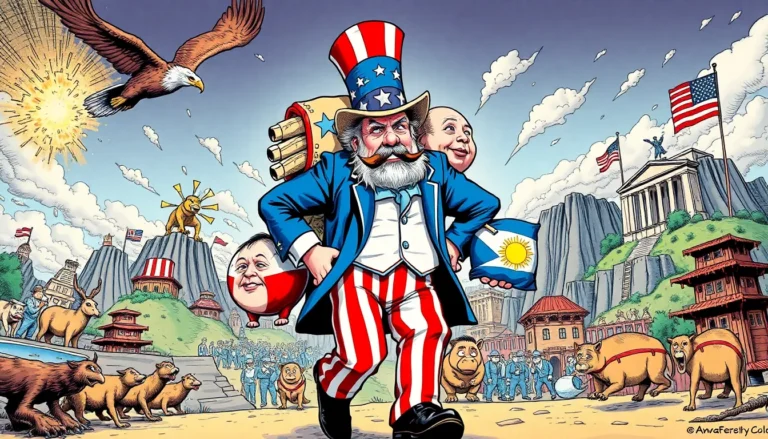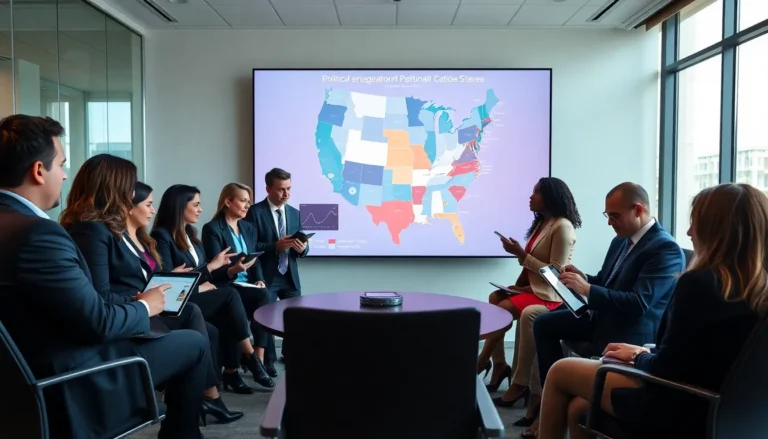Have you ever tried to understand why some countries are shaped like jigsaw puzzle pieces while others resemble squiggly lines? Political boundaries are more than just lines on a map: they represent complex histories, cultural shifts, and the ongoing dance of governance. Immerse with us as we increase your geopolitical IQ with some intriguing insights. Trust us, even your geography teacher would be impressed.
Table of Contents
ToggleUnderstanding Political Boundaries

Political boundaries represent the limits of governmental authority and territorial claims. They indicate where one political unit ends and another begins. These boundaries can be as clear as a well-maintained fence or as ambiguous as a sibling argument over who gets the last cookie. Interestingly, the establishment of these boundaries isn’t simply a matter of drawing lines: it’s deeply rooted in history, economics, and cultural identities.
Political boundaries serve to define areas governed by specific laws and regulations, influencing everything from tax systems to educational policies. By setting these limits, nations can better organize their resources, plan infrastructure, and manage the welfare of their citizens.
Types of Political Boundaries
Understanding the different types of political boundaries can shed light on international relations and conflicts. Here are the main categories:
- Geometric Boundaries: These boundaries are drawn based on geometric principles, often forming straight lines, such as the borders between the United States and Canada.
- Cultural Boundaries: Established around cultural differences, these boundaries can be based on language, ethnicity, or religion. An example is the borders separating Quebec from the rest of Canada, marking a linguistic divide.
- Natural Boundaries: These are established by geographical features like rivers, mountains, or lakes. Often, they serve as clear demarcations, making it easier for nations to determine where one ends and another begins.
- Political Boundaries: These are often created through treaties and negotiations, which can reflect power dynamics among nations. The division of territory after conflicts or during the decolonization process often falls into this category.
Historical Evolution of Political Boundaries
The historical evolution of political boundaries reveals a fascinating narrative of human conflict and cooperation. Many boundaries we see today were established in the aftermath of wars or colonialism, where victors imposed their will on the conquered. For example, the arbitrary lines drawn by colonial powers in Africa often disregarded existing ethnic and cultural divisions, resulting in lasting discord.
In many cases, countries have continually shifted their boundaries in response to changing political landscapes. The fall of the Soviet Union in the early 1990s reshaped Eastern Europe, creating new nations and later new borders. Understanding this evolution is crucial because it shapes contemporary governance and international relations.
The Role of Political Boundaries in Governance
Political boundaries play a critical role in how governance is structured and exercised. They allow governments to establish jurisdiction, which is essential for law enforcement and public administration. With defined boundaries, states can collect taxes, allocate resources, and manage social services more efficiently.
But, boundaries can also create friction, especially when they intersect with ethnic or cultural divisions. Conflicts often arise when groups feel marginalized or misrepresented by the borders drawn around them. Political boundaries so can be both tools of governance and sources of contention, impacting the stability of nations.
Contemporary Issues Related to Political Boundaries
In today’s increasingly interconnected world, political boundaries face a myriad of contemporary challenges. Globalization is one such factor that complicates the definition and significance of these boundaries. As trade expands and communication accelerates, the lines that once defined nations become increasingly blurred.
Migration is another pressing issue. The movement of people across borders challenges existing political frameworks and often leads to tensions. Nations grapple with immigration policies and border security while trying to maintain their sovereignty. Also, the rise of nationalism in various regions has prompted countries to re-evaluate their boundaries, often leading to conflicts over territory and identity.
Future of Political Boundaries in a Globalized World
Looking ahead, the future of political boundaries is anything but certain. As the world becomes more globalized, these boundaries may change to reflect new realities.
We might see a trend towards more fluid boundaries, especially in regions where cultural and economic ties override traditional lines. The rise of supranational organizations like the European Union illustrates this shift, as member nations share governance on various issues that transcend national borders.
Conversely, rising nationalism could lead to the reinforcement of boundaries, where nations become more protective of their sovereignty and identity. The tension between globalization and nationalism will likely shape political boundaries in the coming decades.





